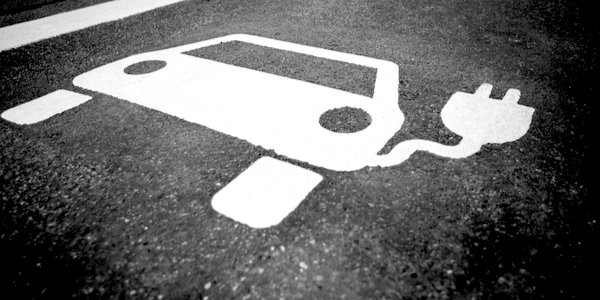IN 2020, I wrote in TCW how the insane campaign to make us all switch to electric vehicles threatened a hazardous spaghetti of cables being strewn across pavements, because millions of motorists don’t have a driveway on which to charge their cars.
Since then, a few start-up firms have devised what they say is the solution: the charger gulley. This is a narrow channel cut into the pavement from the boundary of your property to the roadside, in which you can lay your charging cable and take it out again as needed. The gulley has a cover intended to prevent passers-by from tripping over it.
At first glance, it’s a neat, clever solution and in the right circumstances it probably works okay. But there’s a snag that could have many EV owners blowing a fuse – because on a public street with no restrictions, you can’t always park next to your house. Any driver, resident or not, is free to leave his car in any available space. And if that space happens to be where your gulley is, there’s not much you can do about it.
One of the firms offering pavement gulleys, Kerbo Charge, acknowledges this issue, but says: ‘Most charging cables are long enough to reach either one space up or one space down from directly outside your house.’ But what if all three spaces are taken? Kerbo Charge says: ‘We find most residents just wait until the space becomes free and then move their car over, as on average most drivers only have to charge twice per week.’
That’s not really a solution, is it? The whole point of installing a pavement gulley – which can cost around £1,000 but may be cheaper with a Government grant – is that you can charge your car conveniently when you wish. Otherwise, trying to top up your battery could become a frustrating gamble.
I’ve had some experience of parking on residential streets, particularly in London. And I can confirm that it’s strictly first come, first served, with every available space quickly filled once the homeward evening rush is over – and these days, many households have more than one car. If you’re lucky, you can park outside your property, but you can just as easily end up 100 yards or more away.
So what will happen when you glide up in your Tesla, low on charge, and see a car blocking your gulley space, with cars also parked either side of it? Unless you know who owns the offending vehicle and where they live, what will you do? You’ll probably have to go knocking on doors to find out. Try doing that when you arrive back at your abode around 2am, as I often did in London because of my work shift patterns.
You might be lucky and find an understanding car owner willing to vacate the space. On the other hand, the conversation might go something like . . .
EV driver: ‘Excuse me, but do you mind moving your car? You’re in the way of my pavement gulley and I really need an overnight charge because I’ve only got five miles of range left and I’ve got to drive to John o’Groats tomorrow.’
Gulley blocker: ‘You having a laugh, chummy? In case you haven’t noticed, this is a public highway and I’ve paid my road tax, emissions charge and congestion charge – I can park where I bloody well like. On your bike.’
Range anxiety is already a distressing affliction for many EV owners. With the rollout of pavement gulleys, will their next big worry be space anxiety?







